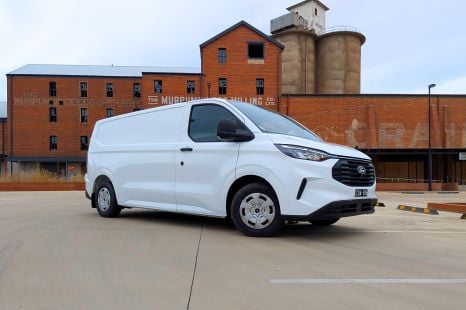

William Stopford
3 Days Ago

News Editor
If you’ve liked the looks of the last three generations of Suzuki Swift, you should be a fan of the next one.
The next-generation Swift features evolutionary styling with an essentially unchanged shape.
It’s been spied hot weather testing ahead of an expected 2023 debut and 2024 launch. The next-generation Swift Sport may follow 6-12 months after the core range.
On the camouflaged prototype, the current car’s high-mounted rear door handles have been swapped for more conventional door handles.
Up front, there’s also a bonnet with a more pronounced ridge.
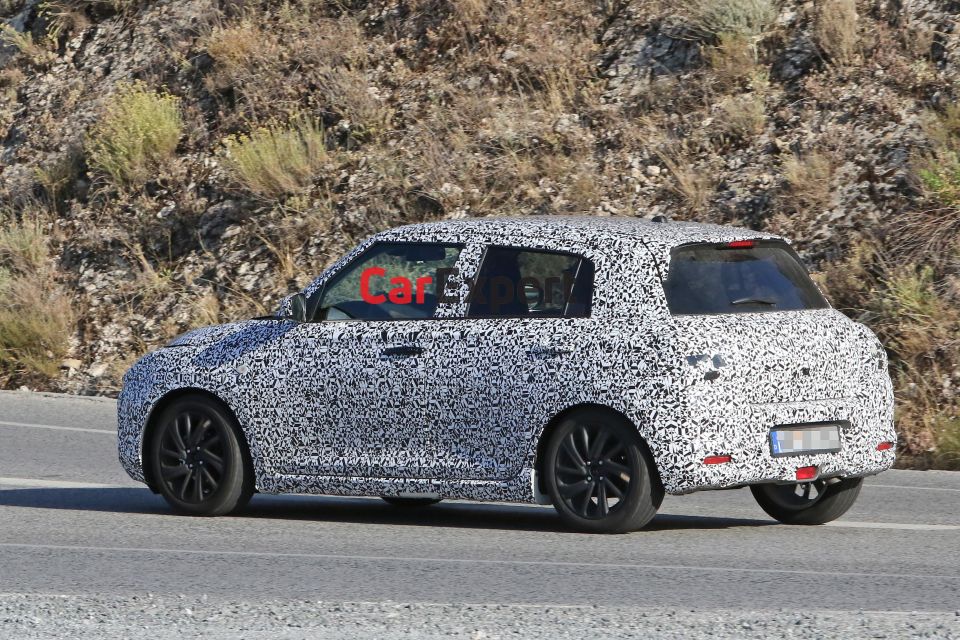
Otherwise, now familiar Swift design elements remain, like the sloping shoulders, rounded tailgate, and vertically-oriented headlights.
While Suzuki designers have been adventurous in recent years with models like the retro-styled Ignis, Jimny and Alto, they appear to have been kept on a tighter leash with the Swift.
Ever since the Swift was relaunched globally in 2004 as a more overtly Europe-focused model, each generation has visually been a fairly evolutionary redesign of the original 2004 model.
The new Swift is expected to use a modified version of the current ‘Heartect’ platform to help conform to more stringent safety standards.
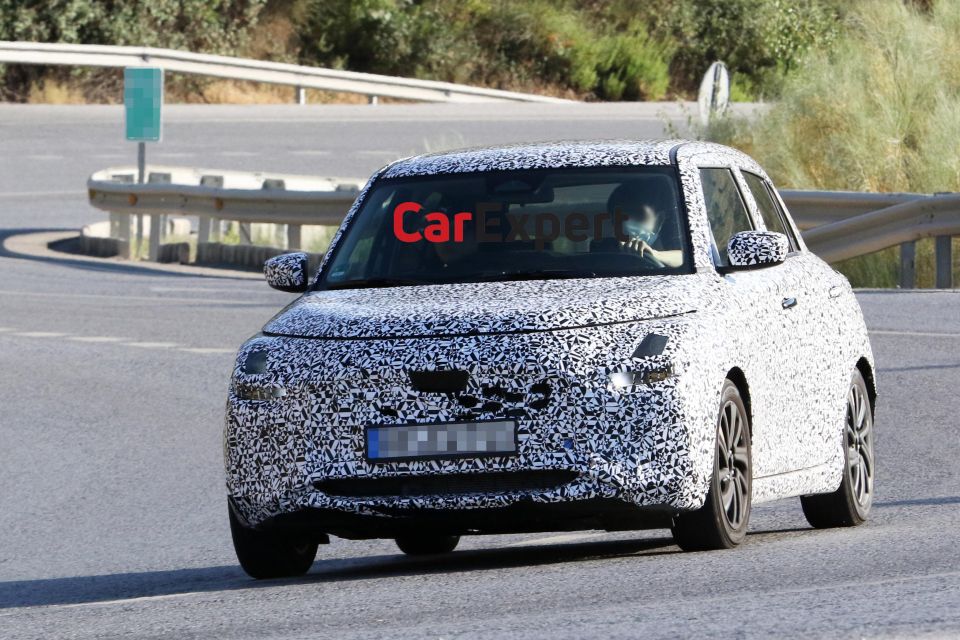
A mild-hybrid powertrain is likely to continue and is rumoured to be joined by a parallel hybrid, giving the hybrid Toyota Yaris a direct rival.
In Europe, the current Swift is offered with a 1.2-litre four-cylinder engine with a 12V mild-hybrid system. It produces 61kW of power and 107Nm of torque, and is offered with either front- or all-wheel drive.
Australian Swifts do without the particularly mild 12V system, and are offered with either a 66kW/120Nm 1.2-litre atmo four or a turbocharged 1.0-litre three-pot with 82kW and 160Nm.
There’s also the Swift Sport, which uses a turbocharged 1.4-litre four-cylinder engine in Australia that produces 103kW and 230Nm.
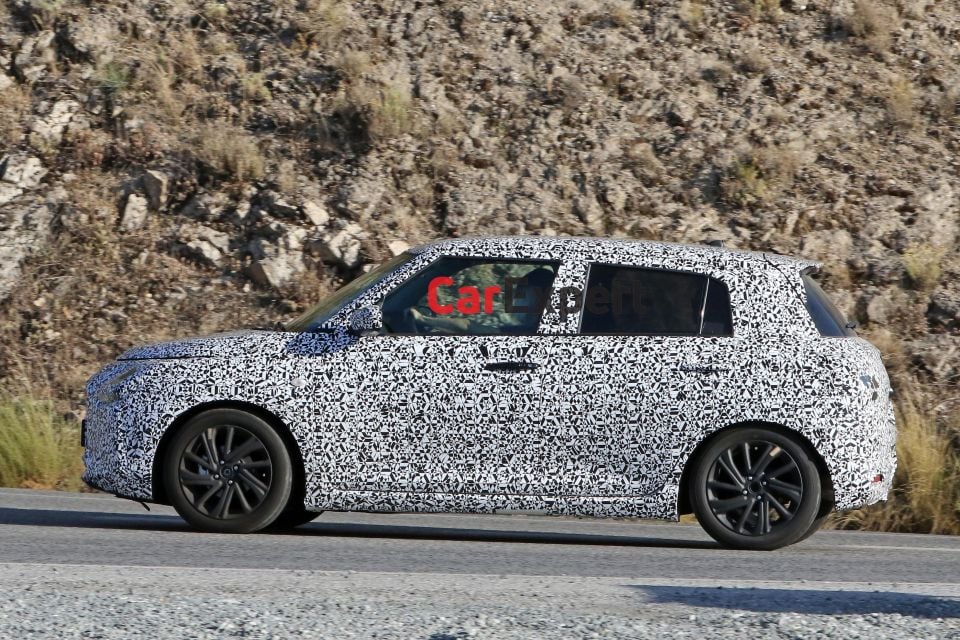
European-market Sports feature a 48V mild-hybrid system, and outputs of 95kW and 235Nm.
The Swift has even greater importance to the Australian market following Suzuki Australia’s axing of the Baleno.
The Baleno is produced in India, and initially was exported to markets like Australia and Europe. But while it enjoyed sales success in Australia, it proved a slow seller in Europe and was discontinued.
In Australia, Baleno sales have surged past those of the Japan-built Swift – to the end of June, Suzuki has sold 4597 Balenos against 2025 examples of the Swift. That has put the Baleno second in its segment behind only the MG 3.
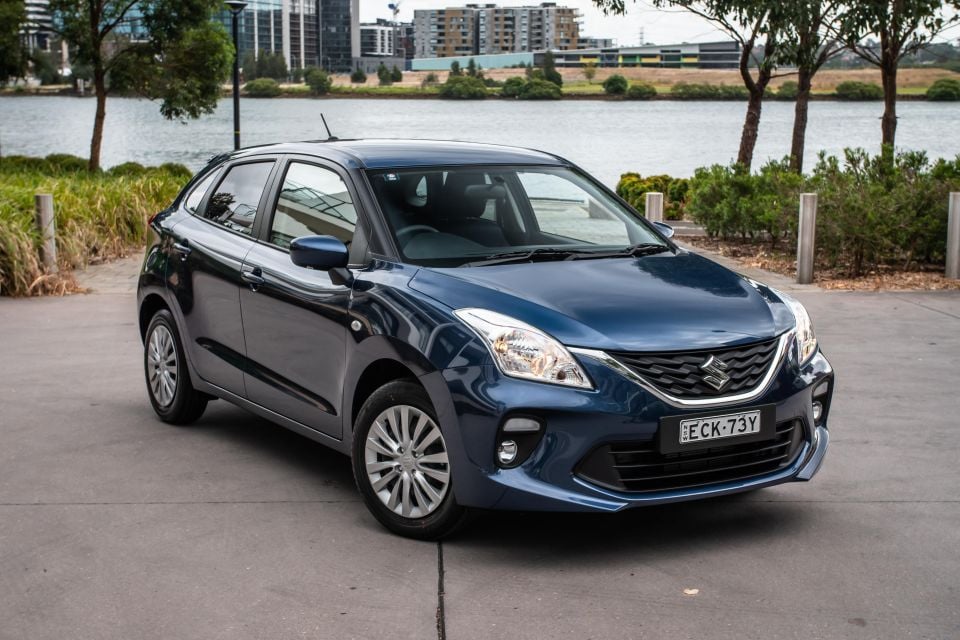


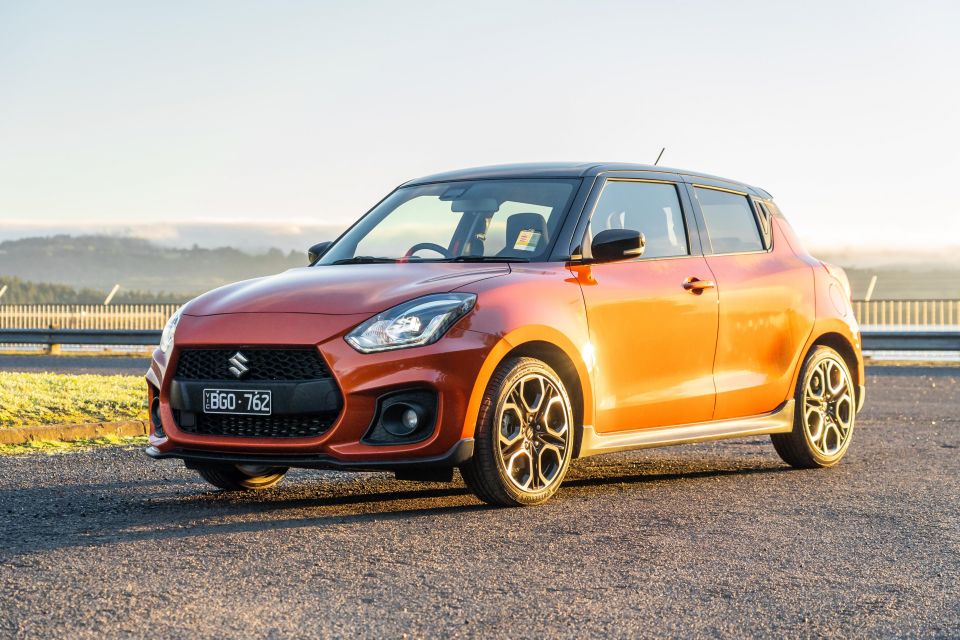
While an updated Baleno has been revealed in India, it’s been developed largely for developing markets and won’t meet recently implemented ADR 85/00 design rules.
“Going into 2023 with that particular segment, we won’t have the opportunity to bring that car [Baleno] in,” said Suzuki Australia general manager Michael Pachota, who added the supply of Swifts from Japan was projected to improve to at least partly fill the gap in sales.
“As Swift supply gets better, we can see it taking more share. We won’t necessarily be the same volume but we believe with the value of the product, we think we can retain a lot… of that segment,” Mr Pachota added.
The Swift is less spacious than the Baleno, but can be had with considerably more in the way of safety equipment plus offers a wider range.
MORE: Everything Suzuki Swift
Take advantage of Australia's BIGGEST new car website to find a great deal on a Suzuki Swift.
William Stopford is an automotive journalist based in Brisbane, Australia. William is a Business/Journalism graduate from the Queensland University of Technology who loves to travel, briefly lived in the US, and has a particular interest in the American car industry.


William Stopford
3 Days Ago
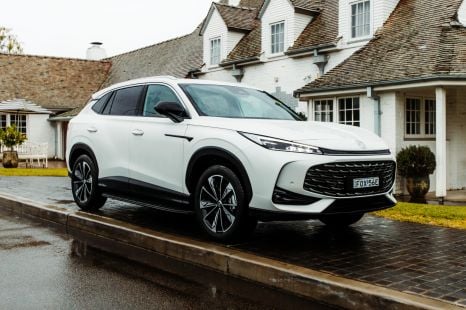

James Wong
2 Days Ago
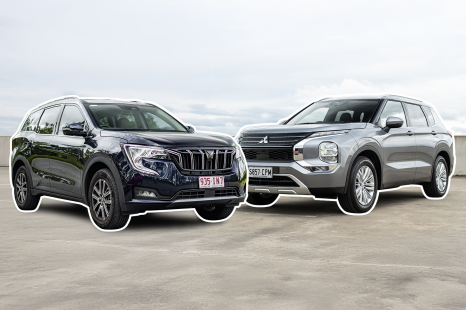

Andrew Maclean
1 Day Ago


Max Davies
18 Hours Ago
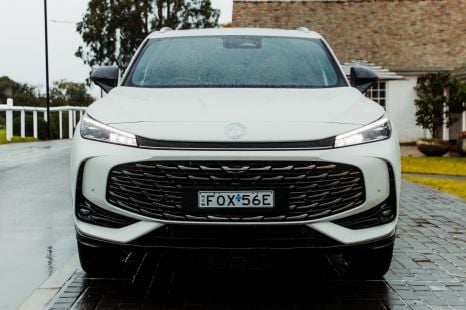

James Wong
14 Hours Ago


Josh Nevett
13 Hours Ago